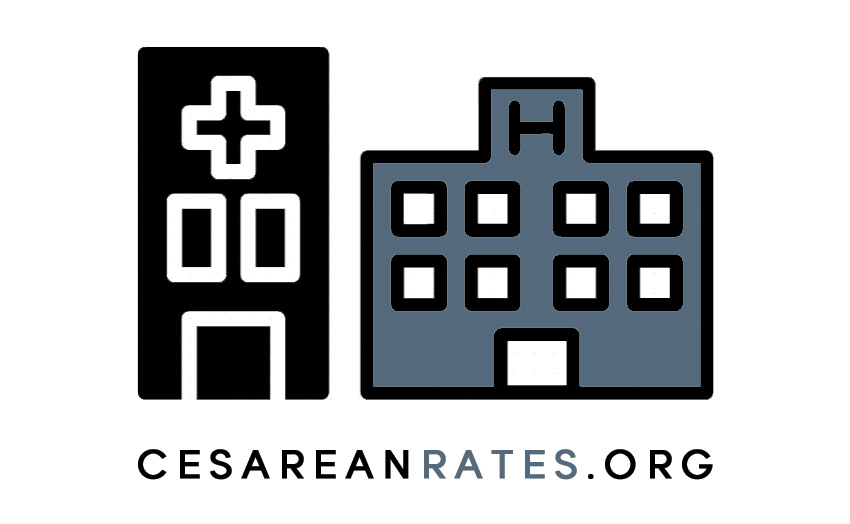Mississippi
NTSV Cesarean Birth Rate and VBAC Dashboard: Mississippi
Mississippi's NTSV cesarean rate is not on track to meet the Healthy People 2020 target of 23.9 percent.
What does NTSV mean?
How does this state compare to the United States?
How does this state rank among other states?
About this state dashboard
Our organization publishes these state-level data from Centers for Disease Control and Prevention (CDC) National Center for Health Statistics alongside national numbers to inform the public, policy makers, public health experts and the obstetric and midwifery community about state-level progress toward Healthy People 2020 goals for childbirth.
MORE AVAILABLE ON CDC WONDER, INCLUDING DATA ON AGE, RACE AND OTHER CHARACTERISTICS.
Mobile device users: Turn phone horizontal for best viewing of this page.
Percentage of Patients with a Previous Cesarean Birth
Number of Previous Cesarean Births, Mississippi, 2018
Number of Previous Cesarean Births, United States, 2018
Characteristics of Labor and Delivery
Final Route of Delivery, Miss.
Final Route of Delivery, United States
Birth Attendant, Miss.
Birth Attendant, U.S.
VBAC v. Repeat Cesarean, Miss.
VBAC v. Repeat Cesarean, U.S.
Compare to other states:
Epidural/Spinal Utilization, Miss.
Epidural/Spinal Utilization, U.S.
Fetal Presentation, Miss.
Fetal Presentation, U.S.
External Cephalic Version, Miss.
External Cephalic Version, U.S.
Cesarean with Trial of Labor, Miss.
Cesarean with Trial of Labor, U.S.
Induction of Labor, Miss.
Induction of Labor, U.S.
Labor Augmentation, Miss.
Labor Augmentation, U.S.
Maternal Health Characteristics
Pre-pregnancy Hypertension, Miss.
Pre-pregnancy Hypertension, U.S.
Pregnancy-Associated Hypertension, Miss.
Pregnancy-Associated Hypertension, U.S.
Tobacco Use, Miss.
Tobacco Use, U.S.
Pre-pregnancy Diabetes, Miss.
Diabetes, U.S.
Gestational Diabetes, Miss.
Gestational Diabetes, U.S.
Defined by the World Health Organization Maternal Morbidity Working Group (MMWG), 2013.
Maternal Morbidity, United States, 2018
All births: 3,791,712
Maternal transfusion: 15,646
3rd- or 4th-degree perineal laceration: 31,532
Ruptured uterus: 1,315
Unplanned hysterectomy: 1,773
Admission to intensive care unit: 6,309
Maternal transfer: 19,240
Any maternal morbidity reported: 52,560
Maternal Morbidity, Miss., 2018
All births: 37000
Maternal transfusion: 105
3rd- or 4th-degree perineal laceration: 167
Ruptured uterus: 21
Unplanned hysterectomy: 17
Admission to intensive care unit: 37
Maternal transfer: 140
Any maternal morbidity reported: 327
Tools for Promoting Maternal Safety
Several organizations offer free quality improvement solutions online, including condition-specific toolkits and larger scale data collection and analysis protocols.
Hospital level:
Patient Safety Movement Foundation: Optimizing Obstetric Safety Actionable Patient Safety Solutions (APSS)
Council on Patient Safety in Women's Health Care: Maternal Safety Bundles
California Maternal Quality Care Collaborative: Toolkits and Maternal Data Center
State or regional level:
State Perinatal Quality Collaboratives
Maternal Mortality Review Committees: General information and standardization of data collection


